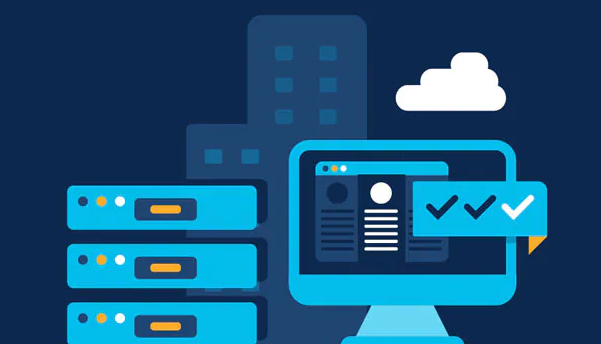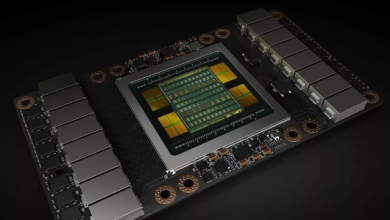
Cisco is a global leader in networking technology, providing solutions for businesses of all sizes. Their network devices are known for their reliability, security, and scalability. To ensure that their devices continue to meet the evolving needs of businesses, Cisco regularly releases new versions of their operating system. IOS 16 is the latest version of the Cisco IOS operating system, and it brings a host of new features and improvements to Cisco network devices.
In this article, we’ll take a closer look at IOS 16, what it offers, and how it differs from previous versions of the operating system.
What is IOS 16?
IOS 16 is the latest version of the Cisco IOS operating system, which is used to power Cisco network devices. It was released in 2021 and is the successor to IOS 15. IOS 16 is designed to provide a more secure, reliable, and scalable network experience for businesses.
What are the new features in IOS 16?
One of the most significant new features in IOS 16 is support for IPv6 Segment Routing (SRv6). This technology enables network operators to create more efficient, scalable, and flexible networks. SRv6 allows network operators to define multiple paths for a packet to take through a network, which can increase network performance and reduce congestion.
Another new feature in IOS 16 is support for MACsec encryption on Cisco Catalyst 9000 Series switches. MACsec is a Layer 2 security technology that provides encryption for traffic between two network devices. With support for MACsec, businesses can ensure that their network traffic is protected from unauthorized access and interception.
IOS 16 also includes improvements to Cisco’s Application Hosting Infrastructure (AHI). AHI is a platform that enables businesses to run third-party applications on their Cisco network devices. With IOS 16, AHI provides better support for containerized applications, making it easier for businesses to deploy and manage their applications on Cisco devices.
Other new features in IOS 16 include:
Support for the latest version of the Border Gateway Protocol (BGP)
Enhanced support for Virtual Extensible LAN (VXLAN) technology
Improved support for Multiprotocol Label Switching (MPLS) technology
Improvements to the Cisco DNA Center management platform
How does IOS 16 differ from previous versions of IOS?
IOS 16 builds on the foundation of previous versions of IOS, including IOS 15. However, it includes several significant improvements and new features that make it a compelling upgrade for businesses.
One of the most significant differences between IOS 16 and previous versions of IOS is support for IPv6 Segment Routing (SRv6). SRv6 is a new technology that is not available in previous versions of IOS. With support for SRv6, businesses can create more efficient and scalable networks, which can improve network performance and reduce congestion.
IOS 16 also includes improvements to Cisco’s Application Hosting Infrastructure (AHI). While AHI was available in previous versions of IOS, IOS 16 provides better support for containerized applications, making it easier for businesses to deploy and manage their applications on Cisco devices.
Another significant difference between IOS 16 and previous versions of IOS is support for MACsec encryption on Cisco Catalyst 9000 Series switches. While MACsec was available in some previous versions of IOS, IOS 16 provides broader support for this Layer 2 security technology.
Finally, IOS 16 includes several performance improvements and bug fixes that make it a more reliable and stable operating system than previous versions of IOS.
Why should businesses upgrade to IOS 16?
Businesses that are currently using Cisco network devices should consider upgrading to IOS 16 for several reasons. First, IOS 16 includes several new features and improvements that can help businesses create more efficient, scalable, and secure networks. For example, support for IPv6 Segment Routing (SRv6) can improve network performance and reduce congestion, while support for MACsec encryption can help businesses protect their network traffic from unauthorized access and interception.
Second, IOS 16 includes several performance improvements and bug fixes that can make it a more reliable and stable operating system than previous versions of IOS. This can help businesses avoid downtime and improve the overall performance of their network.
Finally, upgrading to IOS 16 can help businesses stay up to date with the latest networking technology. As businesses continue to rely more on their networks, it’s important to ensure that they are using the latest technology and software to meet their evolving needs.
Conclusion
IOS 16 is the latest version of the Cisco IOS operating system, and it brings several new features and improvements to Cisco network devices. With support for IPv6 Segment Routing (SRv6), MACsec encryption, and improvements to Cisco’s Application Hosting Infrastructure (AHI), IOS 16 can help businesses create more efficient, scalable, and secure networks. Businesses that are currently using Cisco network devices should consider upgrading to IOS 16 to take advantage of these new features and improvements, as well as the performance improvements and bug fixes that make it a more reliable and stable operating system. By upgrading to IOS 16, businesses can ensure that their networks are up to date with the latest networking technology and better equipped to meet their evolving needs.




